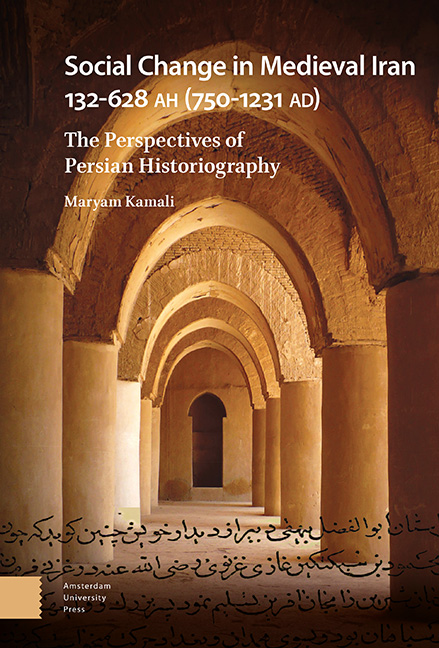Book contents
11 - The Khwārazmshāhi Dynasty: Emerging from the Saljuq Structure
Published online by Cambridge University Press: 28 December 2023
Summary
Abstract
The Khwārazmshāhi used the Saljuq structural resources to transform their local dynasty into an empire. The lack of effective bureaucracy widened the gap in the power structure between Soltān Mohammad and his mother, Tarkān Khātun. The heterogeneity of the goals of the Khwārazmshāhi and the ʿAbbāsid Caliphate brought the power structures of the caliphate and the soltānate face to face. The unending expansionist policies of the Khwārazmshāhis in the eastern territories made them neighbors with the Mongols, who were far more militarily powerful than the Khwārazmshāhis. Soltān Mohammad's rapid and hasty escape fastened the process of these conquests and with the death of his son, Soltān Jalāl al-Din, the Khwārazmshāhi ended in Iran.
Keywords: Khwārazmshāhi dynasty, Soltān Mohammad, Tarkān Khātun, Soltān Jalāl al-Din
The Saljuq dynasty was the first empire in post-Islamic Iran. As noted in the previous chapter, the Saljuqs, based on the experience of other Iranian dynasties from the Tāherids to the Ghaznavids, found it impossible to rule over vast territories by relying on a centralized power structure, in particular, due to the fact that there were many claimants to power. The powerful Iranian bureaucracy helped the Saljuqs divide power between the amirs and the atābaks (governors) and kept the various agents under the central government's control.
The Khwārazmshāhi rule was based on the Saljuq Empire structure, which was governed by military amirs like many other local dynasties. Anushtegin, the ancestor of the Khwārazmshāhi dynasty, was one of the Saljuq army commanders who Soltān Malekshāh (r. 465–485 AH/1073–1093 AD) appointed to hold the position of tashtdāri (keeper of the royal washing bowls) and shehnegi (a military governr) of Khwārazm.
Anushtegin fought many times against the claimants to the Saljuq throne, and by expressing obedience and submission, he attracted the attention of the Saljuq soltān and paved the way for the reign of his sons.
With the coming to power of Atsez (r. 522–551 AH/1128–1157 AD), who was supported by Soltān Sanjar (511–552 AH/1117–1157 AD), relations between the Khwārazmshāhi and the Saljuqs entered a new round of change. Jowzjāni writes:
- Type
- Chapter
- Information
- Social Change in Medieval Iran 132-628 AH (750-1231 AD)The Perspectives of Persian Historiography, pp. 235 - 254Publisher: Amsterdam University PressPrint publication year: 2023



